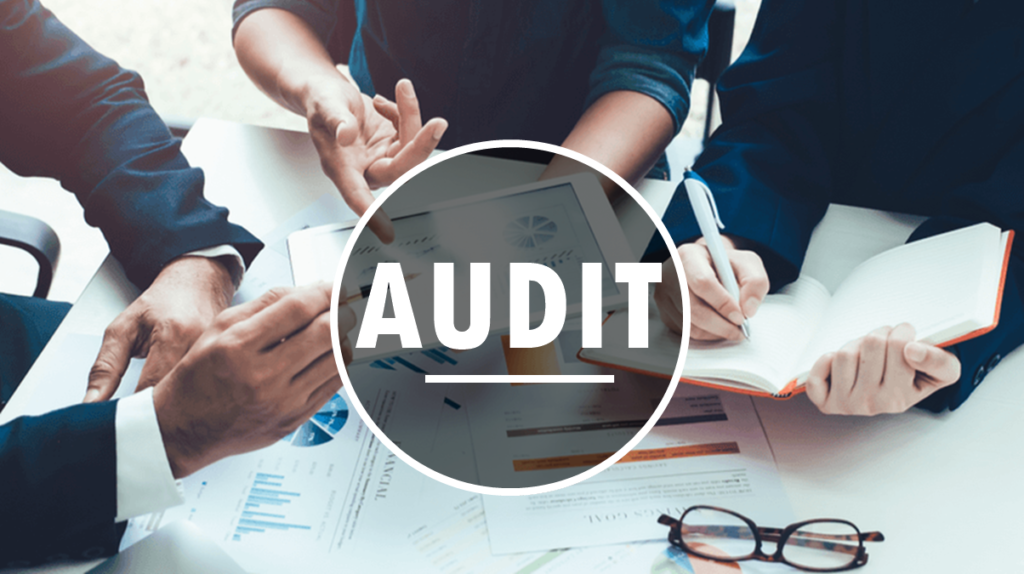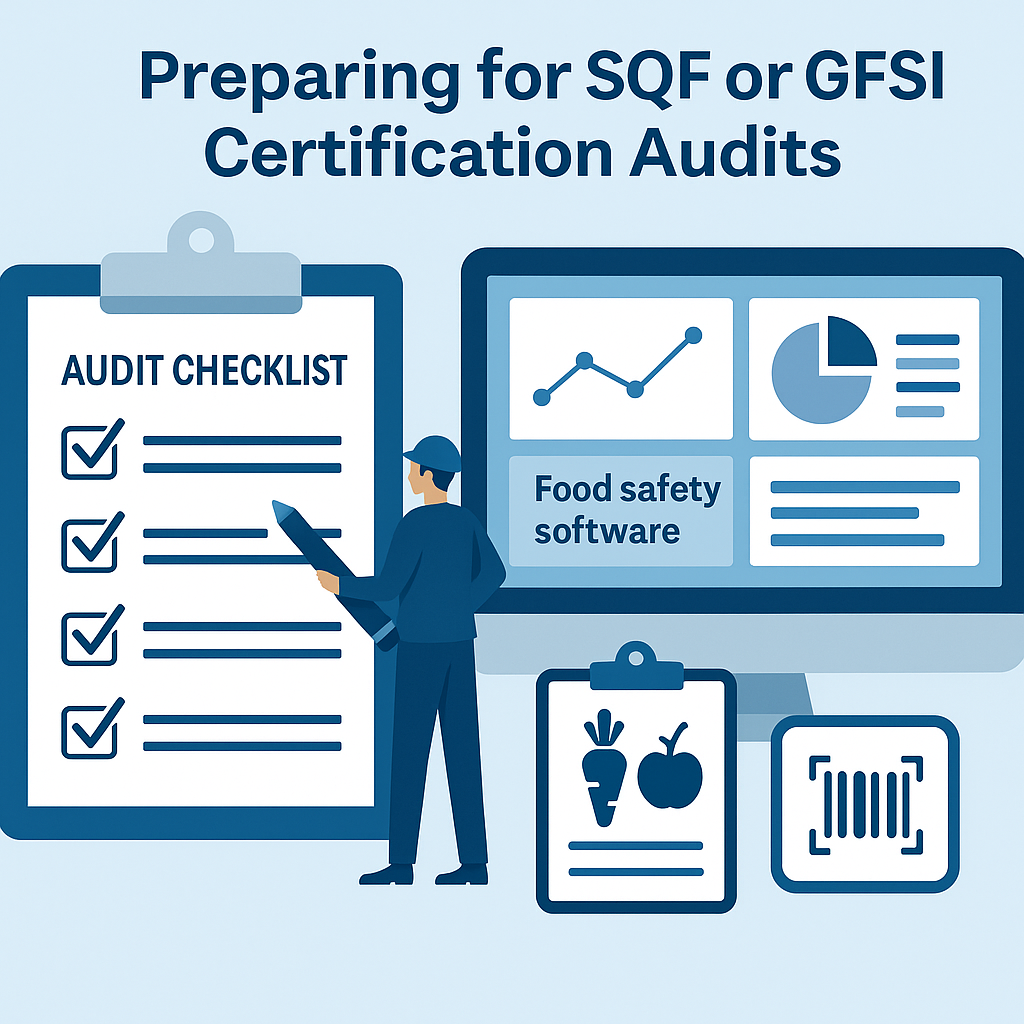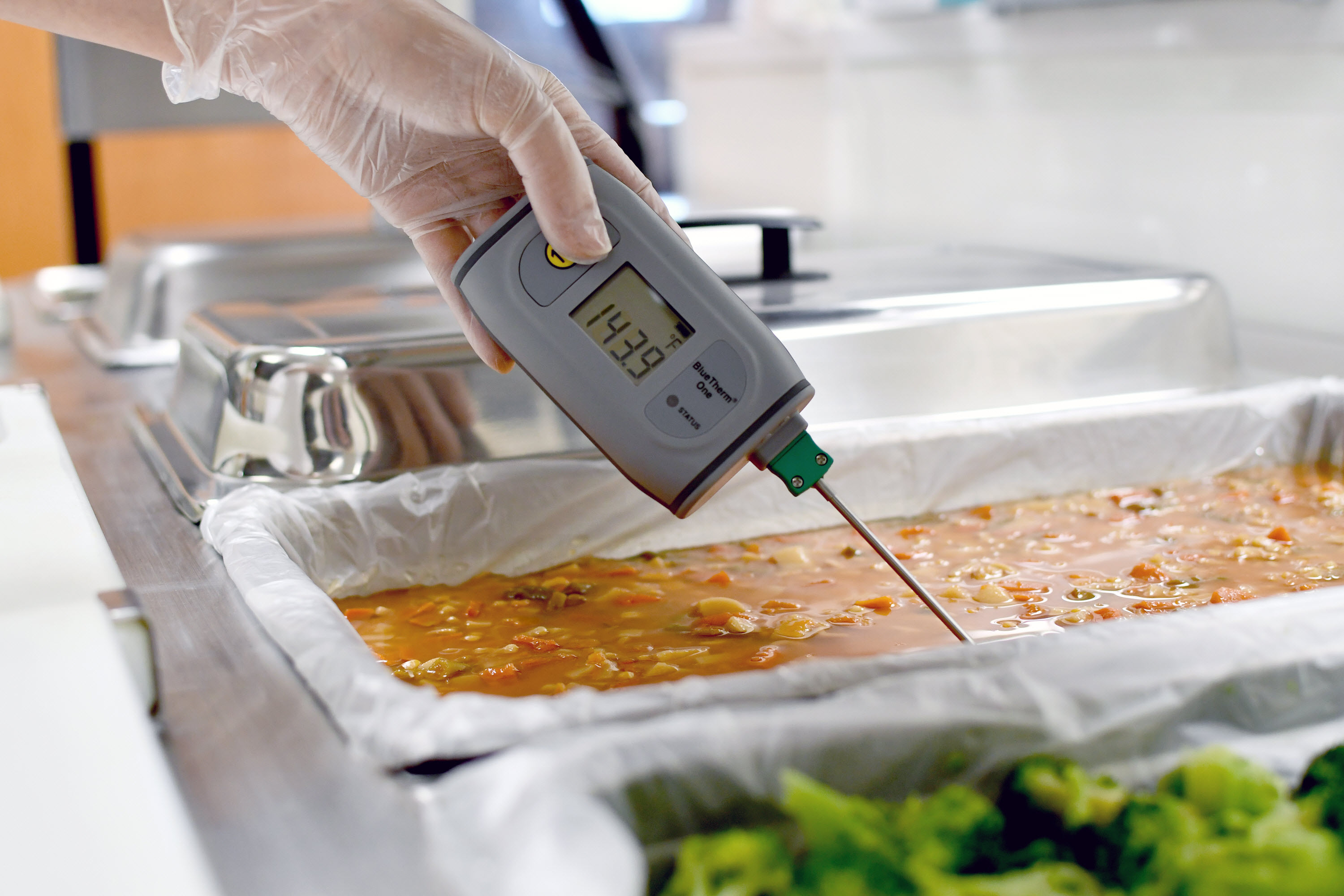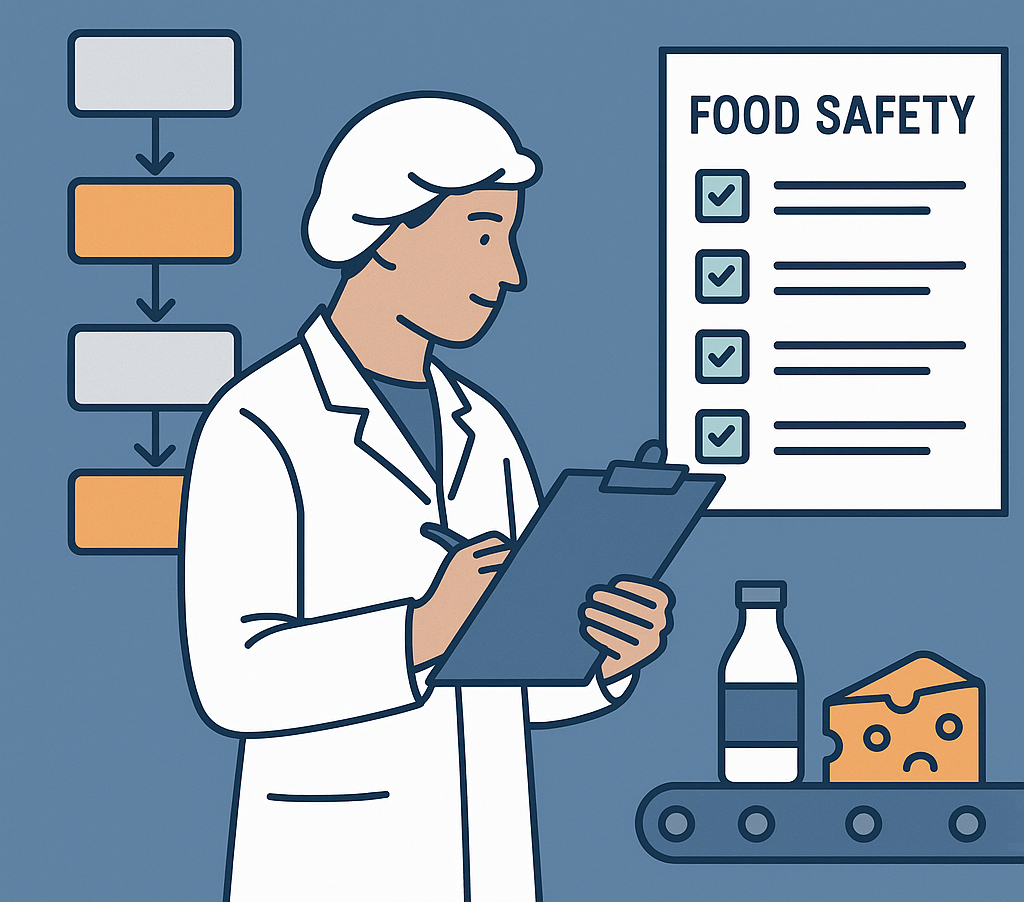In the fast-paced world of food production and distribution, being audit-ready is no longer a once-a-year task—it is a daily operational necessity. Whether you're a Quality Assurance Manager in a bustling processing facility or a CEO overseeing multiple sites across continents, regulatory and third-party audits can make or break your reputation, disrupt your operations, or cost you significant revenue.
From surprise inspections by regulatory agencies like the CFIA, FDA, or EU Food Safety Authority, to scheduled third-party GFSI benchmarked scheme audits (like BRCGS, SQF, or FSSC 22000), the demand for transparency, traceability, and compliance has never been higher.
But here’s the good news: staying audit-ready daily is not only possible—it’s profitable.
What Does “Audit-Ready Every Day” Really Mean?
Being audit-ready every day means your facility operates in a state of continuous compliance. It implies that:
-
Your Standard Operating Procedures (SOPs) are current and accessible.
-
Your food safety records are accurate, complete, and available on demand.
-
Your Preventive Control Plan (PCP) or HACCP plan is actively followed.
-
Your team is trained and understands their role in maintaining compliance.
-
You can trace products and ingredients instantly—from suppliers to the end consumer.
Achieving this state builds a culture of operational excellence, minimizes risk, and gives your business a competitive edge.
Why It Matters: The Risks of Not Being Prepared
Audit findings can result in:
-
Product recalls
-
Loss of certifications
-
Fines and penalties
-
Reputational damage
-
Contract terminations
For executives, these aren’t just quality issues—they’re business continuity risks. In 2022 alone, the USDA and FDA announced over 600 food recalls in North America, many due to non-compliance in traceability, labeling, or sanitation protocols.
Being audit-ready daily ensures you’re not reacting to issues—you’re preventing them.
Step-by-Step Approach to Staying Audit-Ready Every Day
Here’s a comprehensive roadmap to achieve and sustain daily audit readiness.
Step 1: Implement a Robust Food Safety Management System (FSMS)
Your foundation starts here.
Whether you follow HACCP, PCP, or a GFSI scheme, your FSMS should be clearly defined, documented, and routinely reviewed.
Key Components:
-
Hazard analysis and risk assessment
-
Prerequisite programs (e.g., sanitation, allergen control, pest control)
-
Corrective actions and verification
-
Document control procedures
Example:
A ready-to-eat (RTE) meat facility implements a temperature monitoring program for its cooler units. Every 2 hours, operators log temperatures. These records are reviewed daily by a QA tech and flagged if they exceed critical limits.
Step 2: Digitize Your Records and Processes
Paper-based systems are time-consuming and error-prone. They often lead to:
-
Incomplete logs
-
Lost documents
-
Lack of version control
-
Delayed corrective actions
Solution: Use food safety software.
A platform like NORMEX digitizes every element of your FSMS:
-
Logs and SOPs are accessible anytime.
-
Alerts are sent in real-time when thresholds are exceeded.
-
Records are automatically organized by date and category.
-
You reduce human error and boost productivity.
Example:
A dairy plant uses NORMEX to automate daily sanitation checks. If an operator forgets to complete a task, the system sends a reminder. Supervisors receive a notification if tasks are overdue, allowing immediate intervention.
➡️ Curious how it works? Book a free demo
Step 3: Conduct Internal Audits Like the Real Thing
Don’t wait for the official audit. Audit yourself.
Schedule internal audits:
-
Monthly for critical processes
-
Quarterly for the full FSMS
-
Annually for mock GFSI or regulatory audits
Ensure internal audits mimic real external audits:
-
Randomly select records
-
Interview staff
-
Walk through facilities unannounced
-
Report non-conformities
Example:
A bakery conducts monthly internal audits. During one check, auditors found several training records missing for seasonal staff. The team took immediate corrective action and updated onboarding procedures, avoiding a major finding during a subsequent SQF audit.
Step 4: Empower and Train Your Team Continuously
Your FSMS is only as good as the people implementing it.
Best practices:
-
Provide onboarding and refresher training
-
Include audit-readiness modules in training
-
Encourage a “compliance is everyone’s job” mindset
-
Train staff to respond to auditor questions confidently
Tip: Use digital systems to track training completion and automatically schedule renewals.
Example:
A seafood processor uses a digital dashboard to track each employee's training status. When allergen handling training expires, the system sends alerts to the employee and manager. No expired certifications during audits—ever.
Step 5: Ensure Real-Time Traceability
When an auditor asks, “Can you trace this lot number from supplier to final customer?”, your response time determines your audit outcome.
Use food traceability software to:
-
Track raw materials to finished products
-
Automate lot coding and barcode scanning
-
Generate traceability reports in minutes
Example:
A frozen fruit manufacturer integrates traceability software with its ERP. When a strawberry supplier issues a recall, the system quickly identifies which finished products used that lot and which distributors received them—reducing recall scope and avoiding over-reporting.
Step 6: Monitor Environmental and Operational Data Proactively
Preventive control means just that—preventing issues before they occur.
Set up:
-
Environmental monitoring programs (e.g., Listeria swabs)
-
Sensor-based controls for temperature, humidity, air pressure
-
Corrective action workflows triggered by deviations
Example:
A poultry facility installs IoT sensors connected to food safety software. If the blast chiller exceeds temperature limits, the software automatically:
-
Sends alerts to QA
-
Creates a deviation report
-
Logs actions taken
-
Links the data to the affected batch
The result? Proactive compliance and reduced audit risk.
Step 7: Review and Update Your Plans Regularly
Plans are not static. Regulatory standards evolve. So do risks, suppliers, and equipment.
Review your food safety plans at least annually, and whenever:
-
You change ingredients, processes, or equipment
-
There’s a significant supplier change
-
You introduce new products
Make sure:
-
Critical Control Points (CCPs) are validated
-
Records align with plan requirements
-
Changes are documented and justified
Example:
A nut butter company changed packaging suppliers. During plan review, they updated their allergen control plan to reflect new supplier validation data. The update was documented, reviewed, and ready for the next audit.
How Food Safety Software Supports Audit Readiness
Let’s take a moment to illustrate how technology amplifies readiness.
With a digital platform like NORMEX, you can:
-
Store all records securely in the cloud
-
Control document versions and approvals
-
Monitor real-time operational metrics
-
Automate training and maintenance schedules
-
Centralize SOPs, logs, and traceability data
Instead of spending days preparing for audits, you simply log in, generate reports, and confidently show your system is working.
Food safety software is no longer optional—it’s strategic.
Bonus Tips for Executives
If you’re a CEO, COO, or VP of Operations, here’s how to champion daily audit readiness:
1. Foster a Compliance-First Culture
Lead by example. Make food safety KPIs part of performance reviews. Recognize employees who uphold standards.
2. Invest in Systems that Scale
Choose tools that grow with your business, whether you operate a single facility or a multinational network.
3. Stay Informed on Regulatory Trends
Assign someone to track updates from CFIA, FDA, or international equivalents. Join industry associations to stay ahead.
4. Evaluate ROI Beyond Avoided Fines
Look at time saved, risk avoided, brand protection, and deal opportunities (e.g., getting into Costco or Whole Foods requires top-tier audit readiness).
Final Thoughts: Make Audit Readiness a Competitive Advantage
In today’s food industry, audit readiness is more than regulatory compliance—it’s a mark of excellence.
The companies that win are those who:
-
Build smart systems
-
Empower their teams
-
Act before problems occur
-
Leverage technology strategically
By being audit-ready every day, you're not just avoiding issues—you’re opening doors. To new markets. To new customers. To partnerships built on trust and reliability.
Ready to see how digital transformation can simplify your audit readiness?
👉 Book a demo of NORMEX now and take the first step toward building a world-class food safety operation.
About the Author
NORMEX is a trusted food safety software provider serving clients across 7 countries. Our platform automates food safety tasks, enables real-time monitoring, and provides instant audit readiness. With a proven track record across food, beverage, and packaging industries, we empower companies to scale with confidence and compliance.







